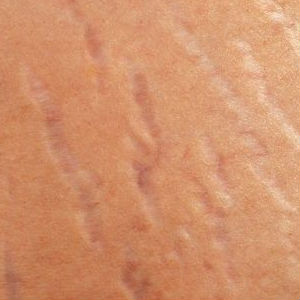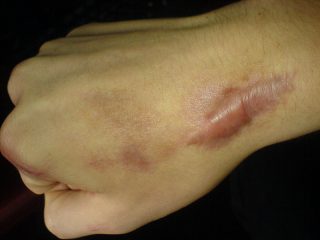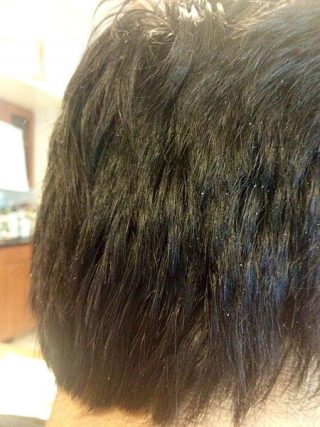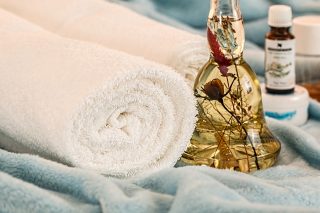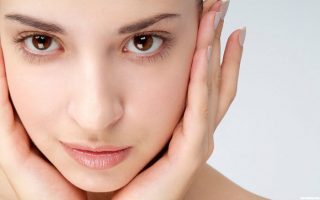This product is specially designed for expectant mothers or women who have given birth. TriLASTIN cream helps improve the skin resilience and elasticity, according to the manufacturer. The formula contains 15 botanical oils and extracts enriched with antioxidants and essential fatty acids. It is safe, hypoallergenic, paraben-free, PH Balanced 6.0, non-greasy and non-staining.
The product contains Dimethicone, an ingredient preventing water loss by forming a hydrating barrier on the skin. It is widely used in cosmetics due to its beneficial properties when applied to the skin.

- PREGNANCY MUST-HAVE: Maternity Stretch Mark Cream is a pregnancy lotion every mom must add to their...
- SAFE FOR MOMMY AND BABY: This stretch mark cream for pregnancy is paraben-free and hypoallergenic....
- NATURALLY-SOURCED: Complete your pregnancy skin care regimen with this nourishing blend of botanical...
What are the pros and cons of TriLASTIN Cream
Pros
- The formula is suitable for both pregnant and nursing women (it can be used throughout the entire pregnancy)
- According to comments, the product leaves no greasy residue after applied topically
- The product is said to relieve skin itchiness
- This is a non-staining formula
Cons
- TriLASTIN cream is mainly for the prevention of stretch marks, not their fix
- It will not change the appearance of the stretch marks if they have already formed
Is TriLASTIN Cream good?
This product is suitable for men and women of all ages. Consumers have reported visible results around 3-4 weeks after they start to use it.
As time passes, stretch marks start to fade until they become barely noticeable.
As expected, the most dramatic changes will be visible on newer stretch marks. It will take longer to notice a real improvement on older stretch marks, so you need to be user.
Ingredients and their effects on your skin
This is the full ingredients list (you better check before you buy this cream):
- Water
- Prunus Armeniaca (Apricot – has anti-inflammatory, antimicrobial and antioxidant effects) Kernel Oil
- Tribehenin Peg-20 Esters (an emollient and emulsifying agent; may provoke mild skin irritation)
- Butylene Glycol (a humectant; this chemical is the potential for skin irritation)
- Olea Europaea (Olive – has natural moisturizing and soothing properties) Fruit Oil
- Ethylhexyl Stearate (an emollient; minimally irritating to skin)
- Tricaprylin (a fragrance ingredient, solvent, an emollient; considered to be a to be a low hazard ingredient)
- Canola Oil (prevents acne, has anti-inflammatory properties, moisturizes the skin)
- Squalane (fights free radicals; has strong anti-aging properties; considered safe as cosmetic ingredients)
- Stearic Acid (an emulsifier widely used in cosmetics)
- Dimethicone (prevents water loss by forming a hydrating barrier on the skin; widely used in cosmetics due to its beneficial properties when applied to the skin)
- Oryza Sativa (Rice – contains vitamin E and fatty acids; provides deep hydration to the skin) Bran Oil
- Vitis Vinifera (Grape – contains vitamin E and has antioxidant properties) Seed Oil
- Benzyl Alcohol (a solvent and a preservative; may provoke contact allergy)
- Triethanolamine (pH adjuster, surfactant; there are concerns about the toxic effect of the ingredient)
- Polysorbate 80 (an emulsifier which binds ingredients together in beauty and cosmetics)
- Isohexadecane (emollient and solvent; leaves no residue; there are no safety concerns regarding the use of this ingredient)
- Sodium Acrylate/Sodium Acryloyldimethyl Taurate/Acrylamide Copolymer (emulsifying agent with no adverse side effects )
- Carbomer (compound giving the texture to various cosmetic products)
- Chlorphenesin (a preservative and cosmetic biocide that helps prevent the growth of microorganisms; it has been reported to cause irritation and contact dermatitis in many, particularly those with sensitive and dry skin)
- Propylene Glycol (preventing the escape of moisture or water in cosmetic formulas)
- Butyrospermum Parkii (or Shea – provides softening and moisturizing effect) Butter
- Mangifera Indica (Mango – a skin-conditioning agent; has soothing effect on the skin) Seed Butter
- Tocopheryl Acetate (form of Vitamin E, a natural skin-conditioning agent, and antioxidant)
- Dehydroacetic Acid (a common cosmetic preservative; killing off and preventing the growth of microorganisms; FDA approved)
- Xanthan Gum (a viscosity agent in personal care products)
- Glycerin (attracts moisture onto the skin which is why it is considered a humectant)
- Anthemis Nobilis Flower Oil (fragrance ingredient and skin-conditioning agent; considered safe)
- Glycyrrhiza Glabra (Licorice – has antiseptic and anti-inflammatory properties) Root Extract
- Saccharum Officinarum (Sugar Cane – skin-conditioning agent with moisturizing properties) Extract
- Camellia Sinensis Leaf Extract (humectant with antimicrobial properties; negative reactions when applied topically are not indicated)
- Diethanolamine (emulsifying agent; may provoke skin burns)
- Fragrance (or parfum- may provoke various reactions, including allergies)
- Citrus Aurantium Dulcis (Orange – has protecting and healing effect; considered a mild irritant) Peel Oil
- Citrus Grandis (Grapefruit – has proven antibacterial, antiviral, antimicrobial and antifungal properties; has no harmful side effects) Fruit Extract
- Citrus Grandis (Grapefruit – has healing properties; may cause skin irritation if exposed to strong sunlight) Peel Oil
- Potassium Sorbate (a common preservative; this ingredient is effective against fungi, mold, and yeast)
- Sodium Benzoate (common cosmetic preservative)
- Phenoxyethanol (common cosmetic preservative, linked to reactions ranging from eczema outbreaks to severe, life-threatening allergic reactions)
- Yellow 5 (CI 19140 – cosmetic colorant; may provoke skin reactions, such as redness, irritation, itchy sensation)
How to apply TriLASTIN Cream?
The directions suggest applying the product twice a day – in the morning and in the evening (immediately following a bath or shower).
The product should be massaged gently until fully absorbed. It is highly recommended to use the product throughout the entire pregnancy.
Does TriLASTIN Cream really work?
This product has a really impressive Internet performance. Almost all the comments available are positive which is very promising, considering the fact that the product is for stretch marks prevention:
- A lady who used the TriLASTIN formula throughout her entire pregnancy claims she does not have a single stretch mark thanks to this product:
I used it religiously while I was pregnant and I never got a single stretch mark while I was using it
- Another woman with a single stretch mark after delivery says the product is easily spreadable:
Nice consistency – easy to apply.
- The other great aspect of this product is that it will not stain your clothes:
I didnt want to use oil so it wouldnt damage my clothes.
- There are many positive comments about the smell of the product:
Smells good. Goes on smoothly with no oily residue.;
It goes on smooth and has a pleasant scent.
The very few negative reviews inform about the unsatisfactory experience of several women, who tried it:
- An expectant mother claims that the product did not have any effect on her, although she bought 2 containers of the product:
At six months pregnant, my stomach is stretch mark city
- Another lady who did not obtain the results expected adds:
Honestly, even your licensed skin practitioner will tell you – if you are genetically going to get stretch marks, there is nothing you can do about it.
In-depth analysis of TriLASTIN Cream
reviews
The report below shows the trustworthiness of Amazon reviews, according to Fakespot computer systems:

How much does TriLASTIN Cream cost?
Comparing to similar products for stretch marks prevention, the price of this one can be considered acceptable – the product is neither cheap nor expensive.
It can be purchased both from your local store or an Online Retailer. Respectively, the price will vary, depending on where you buy it but the TriLASTIN Cream usually costs between $30 and $40.

- PREGNANCY MUST-HAVE: Maternity Stretch Mark Cream is a pregnancy lotion every mom must add to their...
- SAFE FOR MOMMY AND BABY: This stretch mark cream for pregnancy is paraben-free and hypoallergenic....
- NATURALLY-SOURCED: Complete your pregnancy skin care regimen with this nourishing blend of botanical...
TriLASTIN Cream alternatives
TriLASTIN is not an option for you?
Don’t waste a penny on something that does not meet your requirements. As you may already be aware, there are hundreds of similar products, intended for the same purpose.
It is important to also remember that the complete stretch mark removal is a myth. What you can expect is a visible improvement in the appearance of the striae and a diminishment in their sizes.
The list below shows the best-selling options available Online, so you can find a product that will better meet your expectations:
- Mederma
- StriVectin SD Advanced Intensive Concentrate
- Bio-Oil
- PRI DermaRESTORE
- Sieva Stretch Marks & Scars Cream
- Body Merry Stretch Marks & Scars Defense Cream
Important
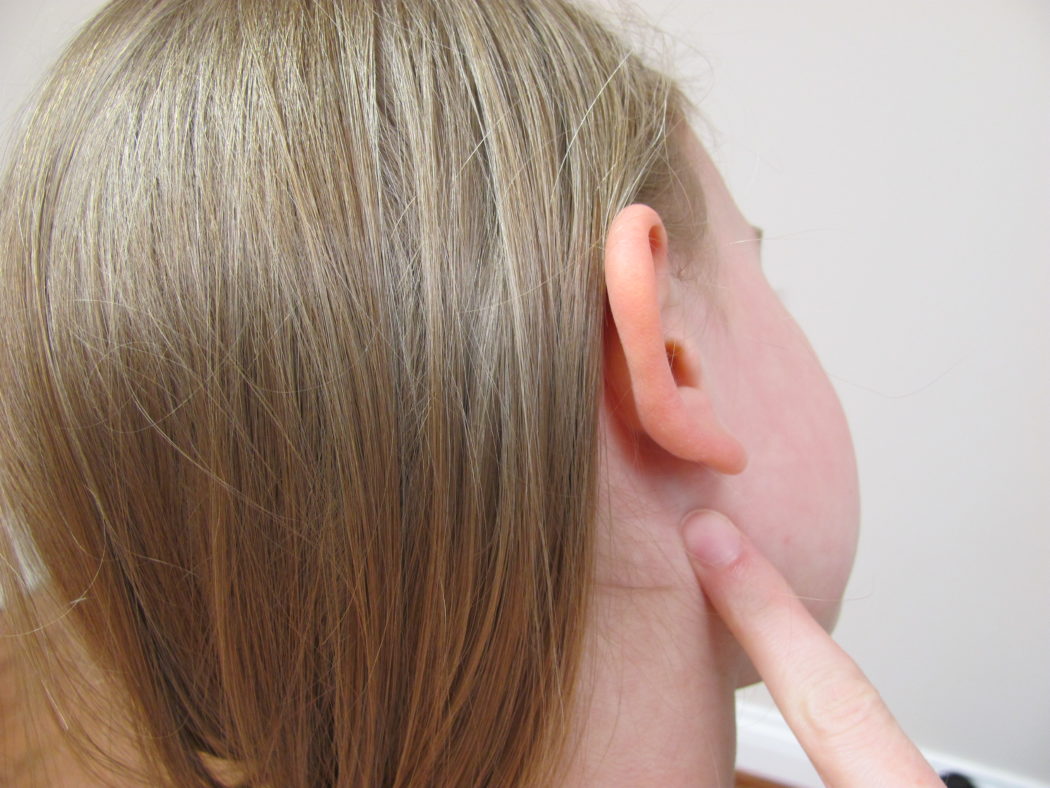
Everyone's skin is unique, and even if you have chosen the best product for your skin issue, the containing ingredients may still cause some irritation, burning sensation, rash or allergy.
To avoid potential skin reactions, we highly recommend performing a patch test before using the product (you can download printable PDF version here)
Last update on 2024-04-14 / Affiliate links / Images from Amazon Product Advertising API
